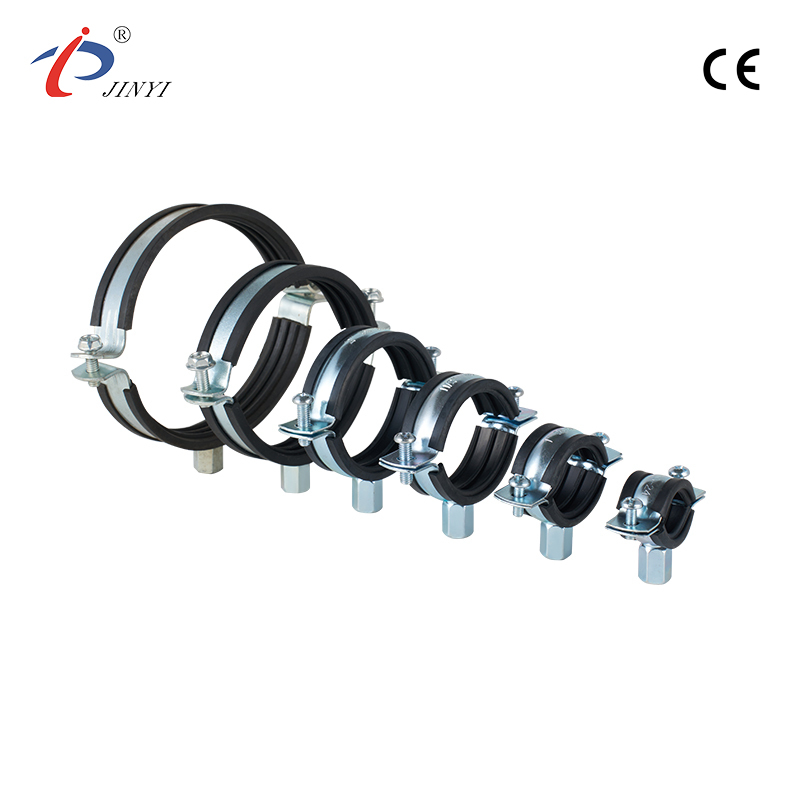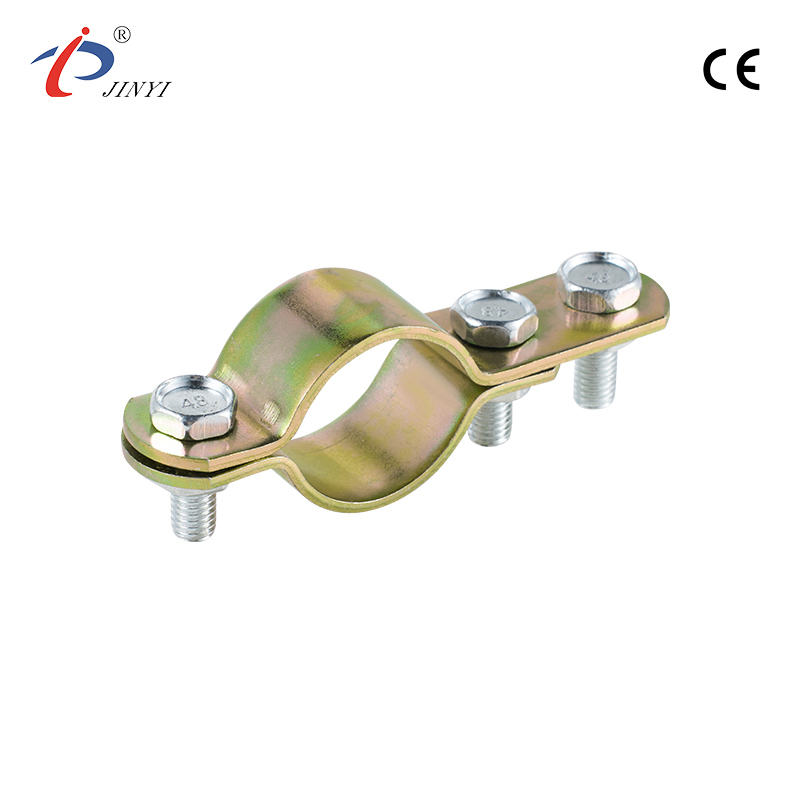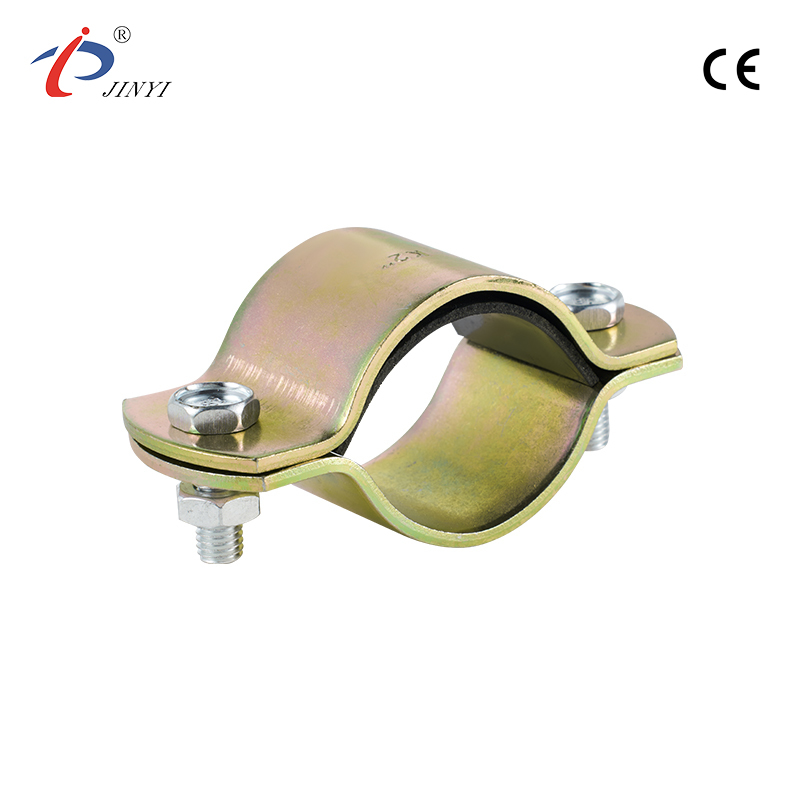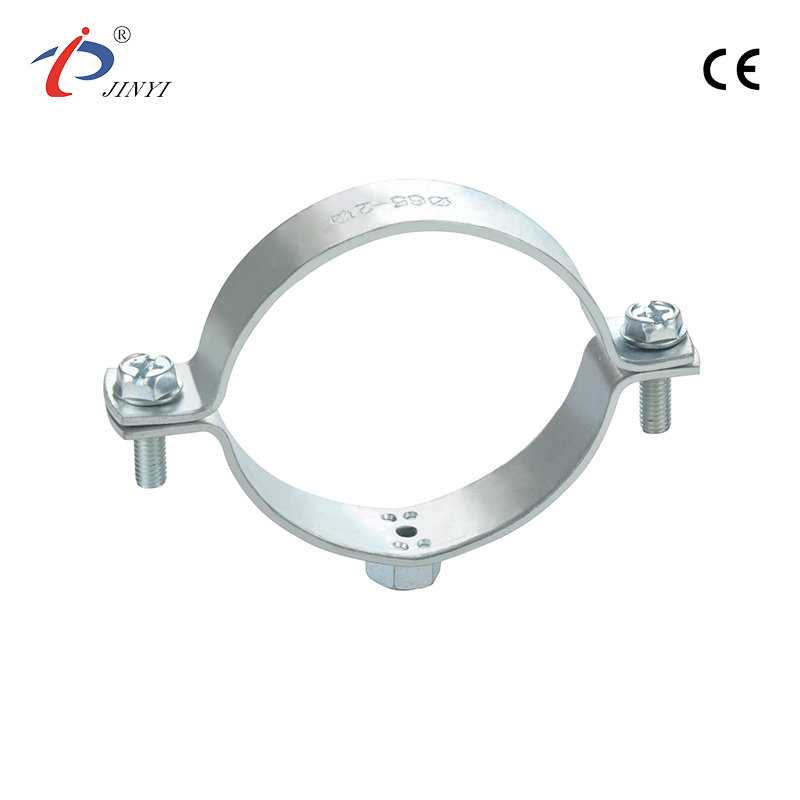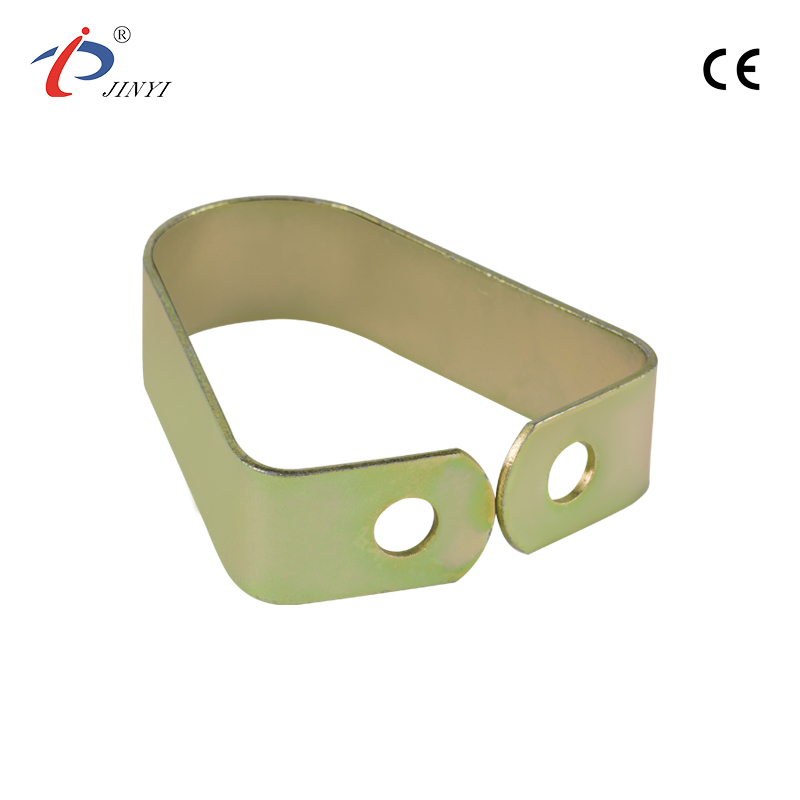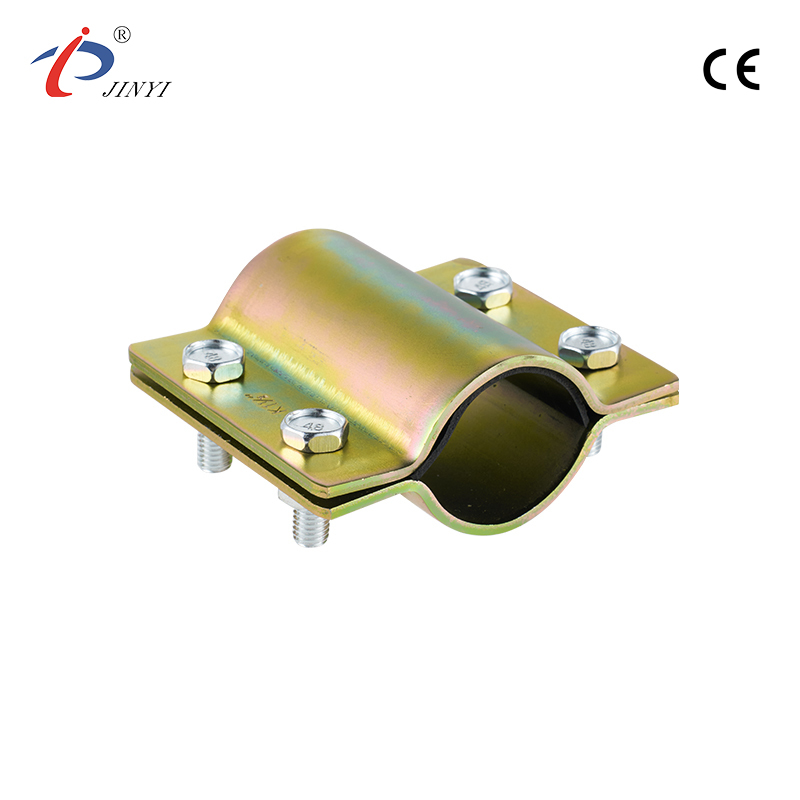Selecting Materials For Manifold Brackets
2025-07-18
Choosing the appropriate material for manifold brackets is essential for ensuring the stability, safety, and longevity of the system. The material selected affects durability, installation ease, maintenance needs, and the overall performance of the system. Whether you’re working on a residential or industrial manifold setup, or integrating components such as a water meter bracket, understanding the material options is crucial for making an informed choice.
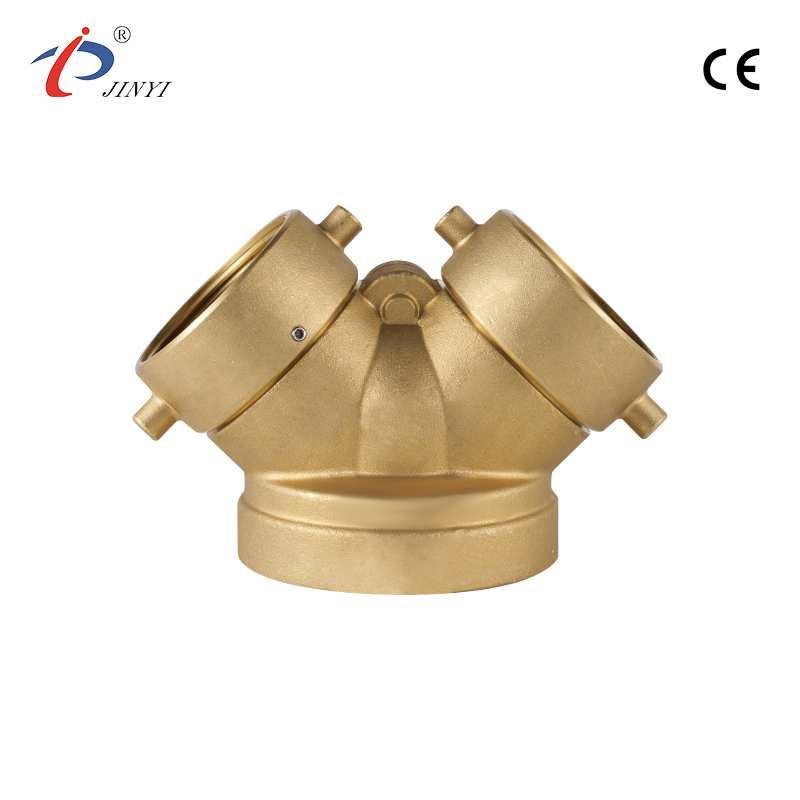
Key Considerations When Choosing Material
When selecting materials for manifold brackets, factors such as strength, corrosion resistance, and compatibility with other components must be considered. The material should withstand the stresses placed on it, including exposure to water, high pressure, and environmental elements like temperature changes and moisture. Environmental factors like outdoor exposure to rain or humidity will influence the choice of material, as will the system's intended application.
Common Materials for Manifold Brackets
Stainless steel is widely used for manifold brackets due to its strength, corrosion resistance, and durability. It’s ideal for systems exposed to moisture or harsh weather. Stainless steel works well in both indoor and outdoor applications and can withstand high temperatures and pressures, making it suitable for demanding environments.
Brass is another material frequently chosen for manifold brackets, especially in plumbing systems. It offers natural corrosion resistance, making it ideal for water systems. Although it’s softer than stainless steel, brass provides sufficient strength for most applications and is particularly effective in areas prone to corrosion, such as coastal regions or industrial settings.
Aluminum is a lightweight material commonly used for lighter applications. It has good corrosion resistance, especially when anodized. Though not as strong as stainless steel or brass, aluminum is more affordable and is well-suited for smaller residential setups where the brackets don’t need to bear heavy loads. It is also easy to handle during installation.
Carbon steel is another option, known for its strength, but it’s more susceptible to rust compared to stainless steel and brass. Carbon steel is suitable for indoor environments, especially when coated with protective layers like galvanization. It offers a cost-effective solution for applications where strength is prioritized over corrosion resistance.
Environmental Factors and Applications
The environmental conditions in which the manifold system will be installed play an important role in material selection. For systems exposed to rain, moisture, or extreme conditions, stainless steel or brass are more suitable due to their corrosion resistance. If the system is installed indoors or in a more controlled environment, aluminum or carbon steel may be considered as they are lighter weight and more cost effective.
It is also important to ensure the compatibility of the material with other system components. For example, brass is often used with other brass components to prevent galvanic corrosion, while stainless steel needs to be matched with materials that will not cause adverse reactions.
Maintenance and Lifespan
The lifespan of a manifold bracket depends in part on the material's resistance to wear. Stainless steel and brass require minimal maintenance, requiring only occasional cleaning, while aluminum and carbon steel may require more regular inspections and re-coating to prevent corrosion. Proper care will extend the life of the bracket and ensure reliable performance.
When selecting a material for a manifold bracket, consider its application, environmental exposure, and material properties such as strength and corrosion resistance. Stainless steel, brass, aluminum, and carbon steel each have their advantages, depending on the specific needs of the system. Choosing the right materials can ensure that your manifold system remains durable, functional, and cost-effective for years to come.



 русский
русский  Español
Español 